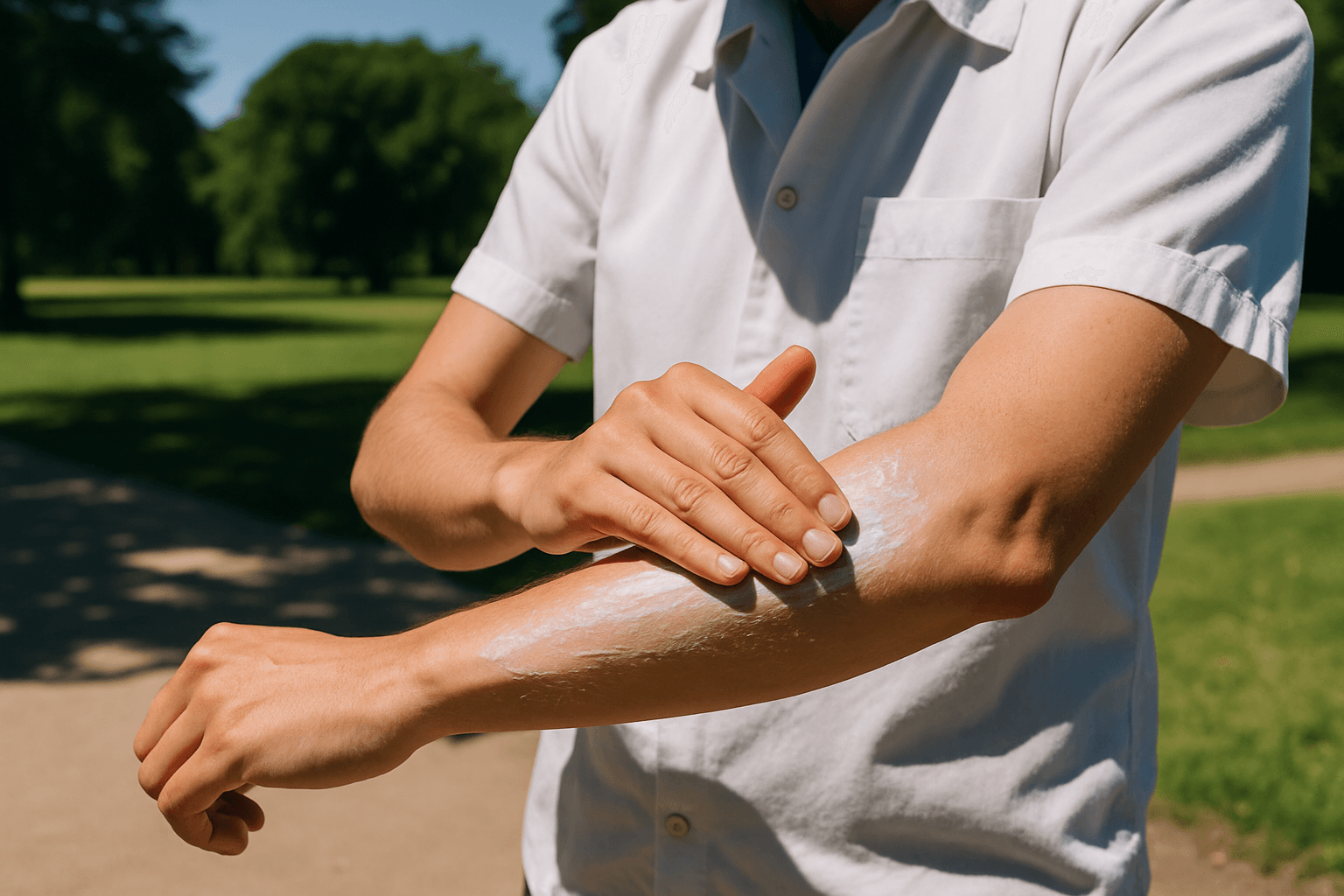Tanning, the darkening of the skin due to exposure to ultraviolet (UV) radiation, is often associated with beauty and good health. However, the truth is that any tan is a sign of skin damage. While a “safe tan” is a myth, certain practices can minimize the risks associated with tanning. This article explores the potential dangers and benefits of tanning, and provides guidelines for reducing harm when pursuing a tan.
Understanding the Risks of Tanning
Tanning occurs when UV radiation from the sun or tanning beds stimulates melanin production in the skin. Melanin is a pigment that provides some protection against further UV damage, but it’s not enough to prevent skin cancer or premature aging.
Skin Cancer
The most significant risk associated with tanning is skin cancer. UV exposure can cause DNA damage in skin cells, leading to mutations that can result in basal cell carcinoma, squamous cell carcinoma, and melanoma.
- Indoor tanning, in particular, is linked to a higher risk of skin cancer. Tanning beds primarily emit UVA rays, which penetrate deeper into the skin and can be 12 times stronger than natural sunlight. Using tanning beds before age 20 can increase the risk of melanoma by nearly 50%.
- Even tanning in the sun increases the risk of skin cancer. About 70% of skin cancers are attributed to repeated exposure to UV light.
Premature Aging
Besides skin cancer, tanning can also cause premature aging, also known as photoaging. Unprotected UV exposure breaks down collagen and elastin fibers, leading to wrinkles, leathery skin, and dark spots.
Eye Damage
UV radiation can also damage the eyes, potentially leading to cataracts, macular degeneration, and other forms of eye damage.
Potential Benefits of Tanning
While tanning is primarily associated with risks, there are some potential benefits to UV exposure.
Vitamin D Production
UVB radiation is essential for vitamin D synthesis in the skin. Vitamin D plays a crucial role in bone health, immune function, and reducing the risk of certain diseases. However, it’s important to note that tanning beds are not an efficient source of vitamin D, as they mainly emit UVA light. Vitamin D can be obtained safely through diet or supplements.
Mood Enhancement
Sunlight exposure has been linked to improved mood and increased energy levels. UV exposure may also elevate endorphin levels, contributing to a temporary mood boost.
Protection Against Sunburn
A tan provides a small amount of protection against sunburn, with an SPF of approximately 3-4. However, this protection is minimal and should not be relied upon as the primary method of sun defense.
Guidelines for Responsible Tanning
Although there’s no such thing as a completely safe tan, these guidelines can help minimize the risks.
Sun Tanning
- Use Sunscreen: Always apply a broad-spectrum sunscreen with an SPF of 30 or higher. Apply it 20 minutes before sun exposure and reapply every two hours, especially after swimming or sweating.
- Avoid Peak Hours: Limit sun exposure between 10 a.m. and 4 p.m., when UV rays are the strongest.
- Take Breaks: Seek shade regularly to give your skin a break from the sun.
- Wear Protective Clothing: Wear a wide-brimmed hat and sunglasses with 100% UVA and UVB protection to shield your skin and eyes.
- Stay Hydrated: Drink plenty of water to avoid dehydration.
- Exfoliate and Moisturize: Exfoliate before tanning to remove dead skin cells and moisturize after tanning to keep your skin hydrated.
Tanning Beds
- Choose a Reputable Salon: Select a tanning salon that is a member of The Sunbed Association (TSA) and adheres to strict safety standards.
- Know Your Skin Type: Have a professional assess your skin type to determine the appropriate exposure time.
- Gradual Exposure: Gradually increase tanning session times to allow your skin to adapt to UV exposure.
- Protective Eyewear: Always wear protective goggles to prevent eye damage.
- Tanning Lotions: Use UV-specific tanning lotions to hydrate and protect your skin. Avoid ordinary moisturizers or oils.
- Limited Frequency: Allow at least 24 hours between tanning sessions and do not exceed 60 sessions per year.
- Certain Medications: Don’t tan if you’re taking certain medications.
Alternatives to Tanning
- Self-Tanners: The safest way to achieve a tan is by using self-tanning lotions or sprays. These products contain dihydroxyacetone (DHA), which darkens the skin’s surface without UV exposure.
- Spray Tans: Consider getting a professional spray tan for an even and natural-looking tan.
Conclusion
While the desire for a tan is understandable, it’s crucial to recognize the inherent risks involved. Tanning increases the risk of skin cancer, premature aging, and eye damage. If you choose to tan, follow responsible tanning practices to minimize harm. However, the safest approach is to avoid UV radiation altogether and opt for sunless tanning methods.

